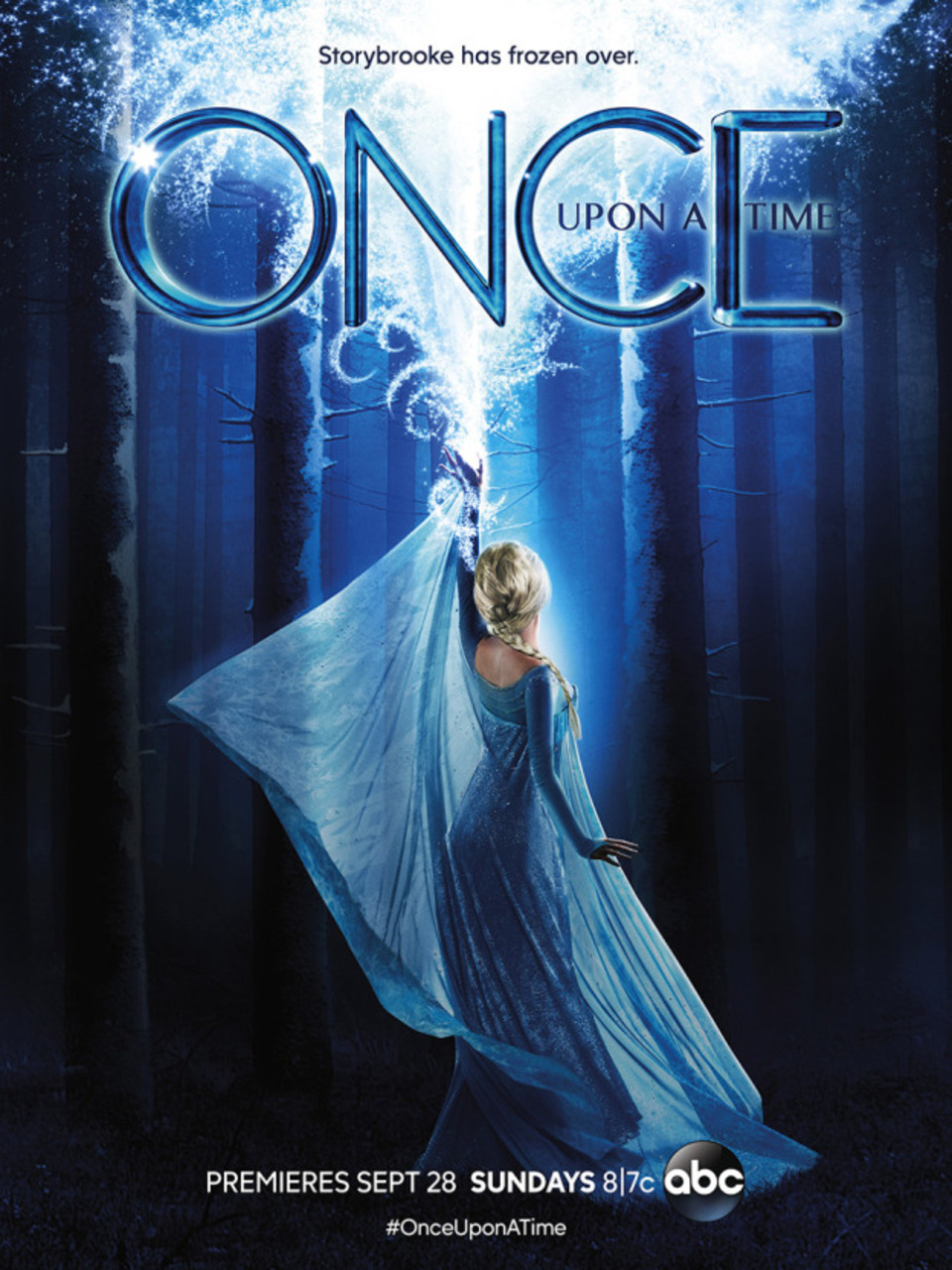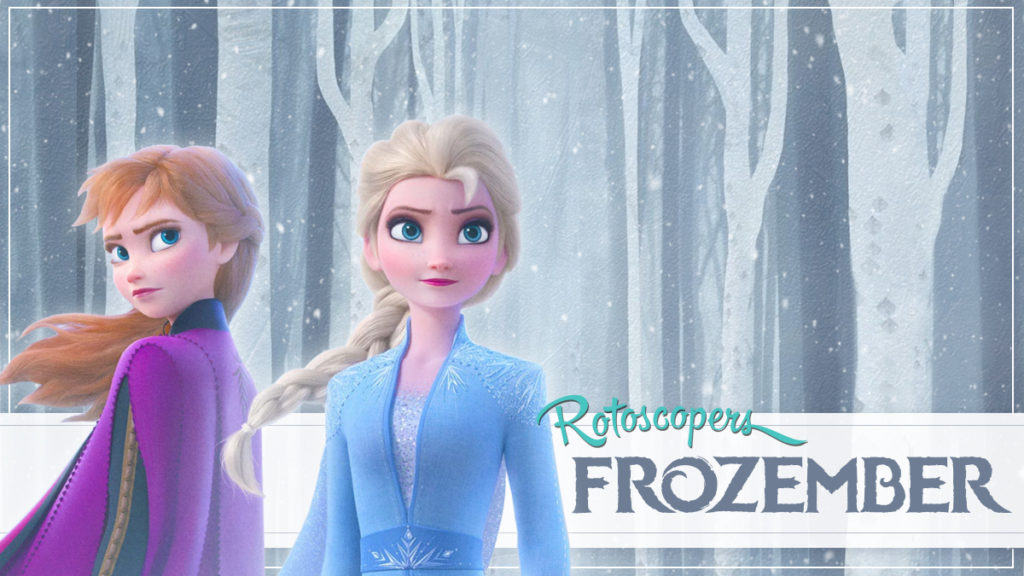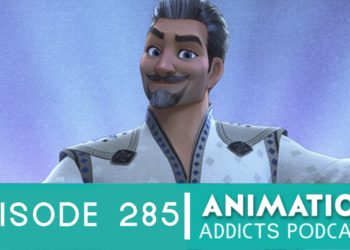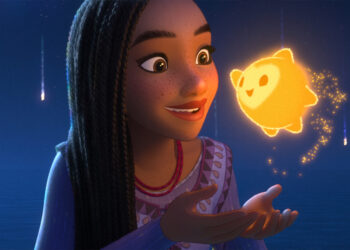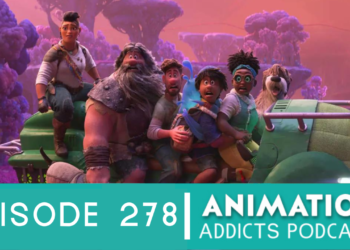It’s Frozember! Each day this month, Rotoscopers is celebrating Frozen, all in anticipation of Frozen 2, arriving in theaters November 22.
In May 2014, the season three finale of ABC’s hit drama Once Upon a Time ended with a twist. After resolving the main events from the preceding year’s worth of story, the camera cuts to an abandoned farmhouse, where an urn sits in the middle of the floor. A gooey, blue substance seeps from the urn and slowly begins to rise, forming the shape of a person. Upon fully forming, the goo gives way to flesh. There’s a close-up of a hand wearing a glove. …Can it be? The unknown person tears the glove off her hand, strikes her arm toward the urn… and emits an unmistakable pierce of ice and snow. Queen Elsa has arrived in Storybrooke. Cut to credits. Talk about a cliffhanger!
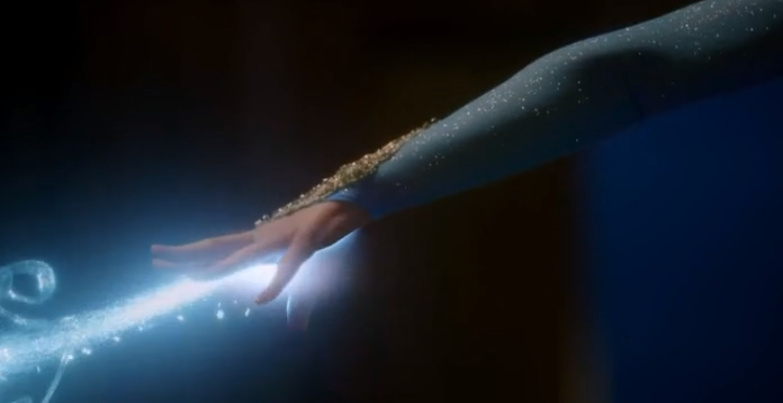
Once Upon a Time aired 2011-2018 on ABC and delved into the backstory behind classic fairytales. Sometimes the show leaned on more traditional versions of the stories and other times embraced its Disney heritage. Other times still it introduced something completely new. But no matter what interpretation of a tale the show utilized, it always provided some sort of spin, some sort of new way of thinking about an old story that made it an endearing Sunday-night tradition for millions of fans for seven years.
By the time the series reached its fourth season in fall 2014, it had become accustomed to dividing its season into two distinct parts, each part devoted to one particular story. (The prior season had been half Peter Pan, half The Wizard of Oz.) And thus, at the peak of Frozen pandemonium within popular culture, the first half of Once Upon a Time season four became, essentially, a Frozen mini-series, a live-action Frozen serial unfolded before our very eyes in primetime television less than a year after the animated film’s debut. This was unprecedented.
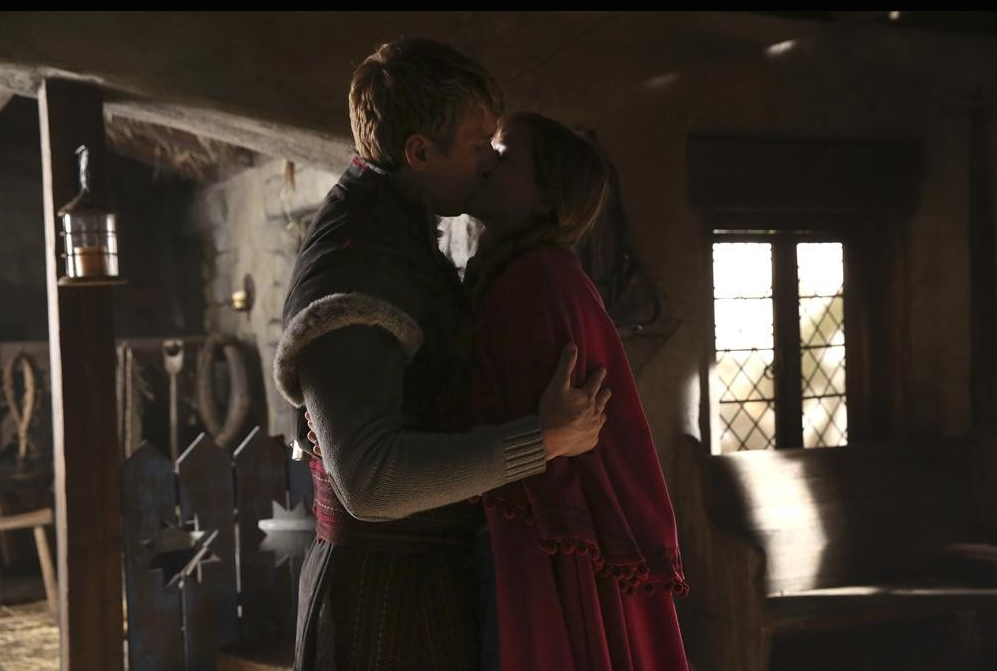
The story unfolded across 11 episodes that aired September-December 2014. Unlike most source material that Once Upon a Time used, the events of Frozen as they appeared in the animated movie were assumed to have happened verbatim. This wouldn’t be a retelling of that story from a new perspective. Instead, it would be a continuation of that story after the movie concluded, with everything that happened in the movie still having taken place when this sequel of sorts picks up.
Princess Anna embarks on a quest to discover where her parents were traveling on the voyage that ended in their fatal shipwreck. She and Elsa suspect it may have something to do with the origins of Elsa’s powers. When Anna’s return is prolonged and with no word from her sister, Elsa sets out herself, though she magically winds up in Storybrooke, Maine, where Once Upon a Time protagonist (and Storybrooke sheriff) Emma Swan promises to help her find Anna. Things become complicated, though, when a mysterious new citizen of Storybrooke emerges who, shockingly, has icy powers just like Elsa. Her motives are unclear, though her strategy is evident: she knows something about Elsa and Emma’s pasts and is determined to sabotage their futures.
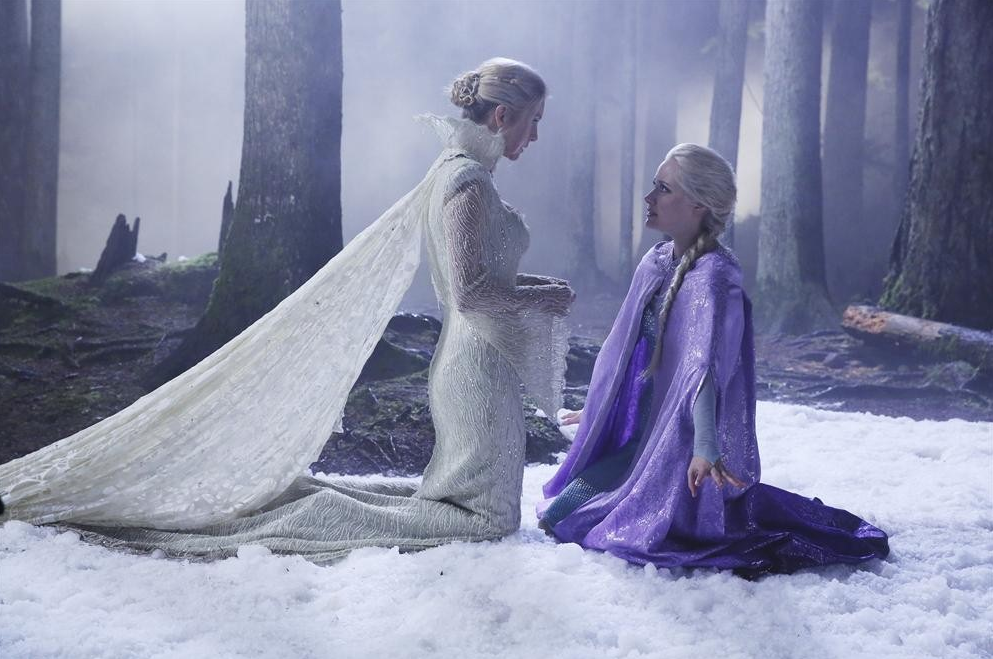
The plot cleverly continues the Frozen narrative with such superb insight that truly I wouldn’t have have been upset if this was the actual plot of Frozen 2 (sans Storybrooke, of course). At the same time, the story gives new depth to the existing Once Upon a Time mythology and series-regular characters. It even brings in elements of the traditional Snow Queen story by Hans Christian Andersen that first inspired Frozen. While some viewers were upset that pretty much no other fairytales were spotlighted other than Frozen for 11 weeks, I didn’t mind this as much. The Frozen phenomenon was a moment in animation history and this was a unique avenue to utilize the public’s love for the franchise that was perfectly timed for Disney. As a temporary story arc that was legitimately quite good, to me the half-season of Frozen was a delight. There were occasionally callbacks or even identical dialogue or shots from Frozen, some smart (the door shot!! #iykyk) and others semi-cringey (“I love sandwiches!”).
The cast included Georgina Haig as Elsa, Elizabeth Lail as Anna, Scott Michael Foster as Kristoff, Tyler Jacob Moore as Prince Hans, John Rhys-Davies as Grand Pabbie, Pascale Hutton as Queen Gerda, Oliver Rice as King of Arendelle, and Darcey Johnson as Wandering Oaken. Elizabeth Mitchell plays the mysterious new character not featured in Frozen, but of great importance to this new Frozen story. Of note, Olaf is excluded from the proceedings. Though Anna and Elsa make reference of his existence, he is completely absent from the arc. Given that the story was committed to keeping the events of Frozen exactly the same, his cartoony nature was probably just over the line of being able to mesh well with the more dramatic, real-world aesthetic of Once Upon a Time.
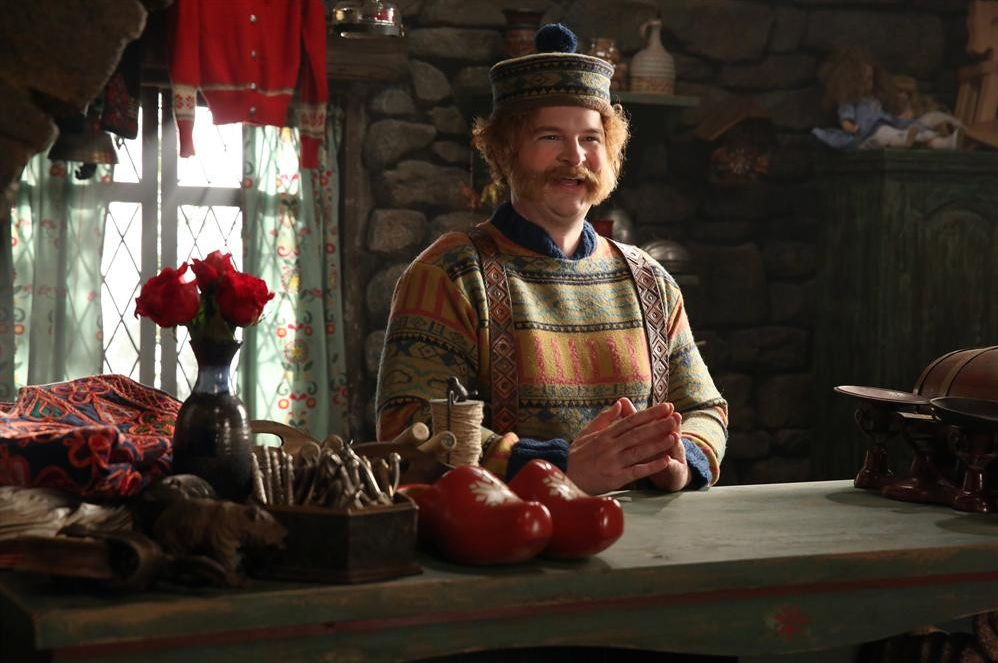
If you missed out on watching the season when it initially aired, not to worry. All episodes are currently streaming on Netflix at the time of this writing. If you don’t have time to watch but still want a breakdown of each episode, we’ve got you covered. We did a series that year called “Storybrooke Sound-Off.” Here are the posts, in order, for every Frozen episode:
- S4E1: “A Tale of Two Sisters”
- S4E2: “White Out”
- S4E3: “Rocky Road”
- S4E4: “The Apprentice”
- S4E5: “Breaking Glass”
- S4E6: “Family Business”
- S4E7: “The Snow Queen”
- S4E8: “Smash the Mirror”
- S4E9: “Fall“
- S4E10: “Shattered Sight”
- S4E11: “Heroes and Villains”
Did you watch the Frozen episodes of Once Upon a Time? Comment your thoughts below!


